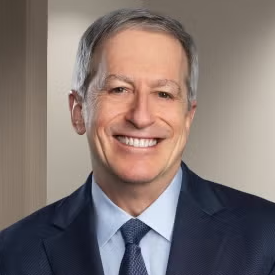Those of us living in North America woke up yesterday morning to devastating news of a horrific and deadly antisemitic attack on a Hanukkah celebration in Sydney, Australia, occurring amidst increasing antisemitism in Australia, North America and around the world. We reel as well from reports of yet another deadly shooting spree on the campus of Brown University. The motivations are likely different, but the outcomes are the same. Lives tragically cut short. The pretense of safety shattered. Momentary terror and lasting trauma inflicted.
As leaders of the Reconstructionist movement, we cry out for those who have been murdered and offer condolences for their families and prayers of healing for those who have been injured. In our pain around the events in Sydney, we decry rising antisemitism and join with our partner organizations in advocacy on behalf of the Jewish people and our multifaith and secular coalition partners to fight for real and meaningful action against rising hatred of Jews. In our pain around the shooting at Brown, we recommit ourselves to meaningful reform of gun laws.
As individuals, we seek to find some stable ground on which to stand and turn, once again, to Jewish wisdom and practice, with special awareness that we are about to light the first candle on the Hanukkah menorah. Like all Jewish holidays, the significance of Hanukkah, both historical and contemporary, is rich and subject to multiple interpretations. It resonates for each of us in different ways—perhaps because of how family-friendly modern observance of Hanukkah has become; perhaps because of the poignancy of bringing light into the darkest time of the year; perhaps because it is a Jewish challenge or Jewish complement to Christmas; perhaps because of the themes of courage and resistance and perseverance.
Whatever the resonance for you, we urge you to remember that, in the words of Ritualwell’s Gabrielle Ariella Kaplan-Mayer, “You are not alone this Hanukkah,” and point you toward Ritualwell here and here as well as Reconstructing Judaism and Evolve for resources to help you fight against isolation or fall too deeply into grief.
Hanukkah means “dedication.” The Maccabees persevered through dark times to rededicate the altar in the Temple and relight the menorah. Their example teaches us to look beyond the current moment and not succumb to despair. This holiday offers an opportunity for each of us to discern, perhaps in the light of the candles, what we hold most dear and what we must dedicate ourselves to work to bring to life. May you find clarity and community in your reflections, your sorrow and, even in these hard times, your celebrations.
Sending strength and comfort and blessings—

Rabbi Deborah Waxman, Ph.D.
President & CEO, Reconstructing Judaism

Ed Baum
Chair of Governors, Reconstructing Judaism







